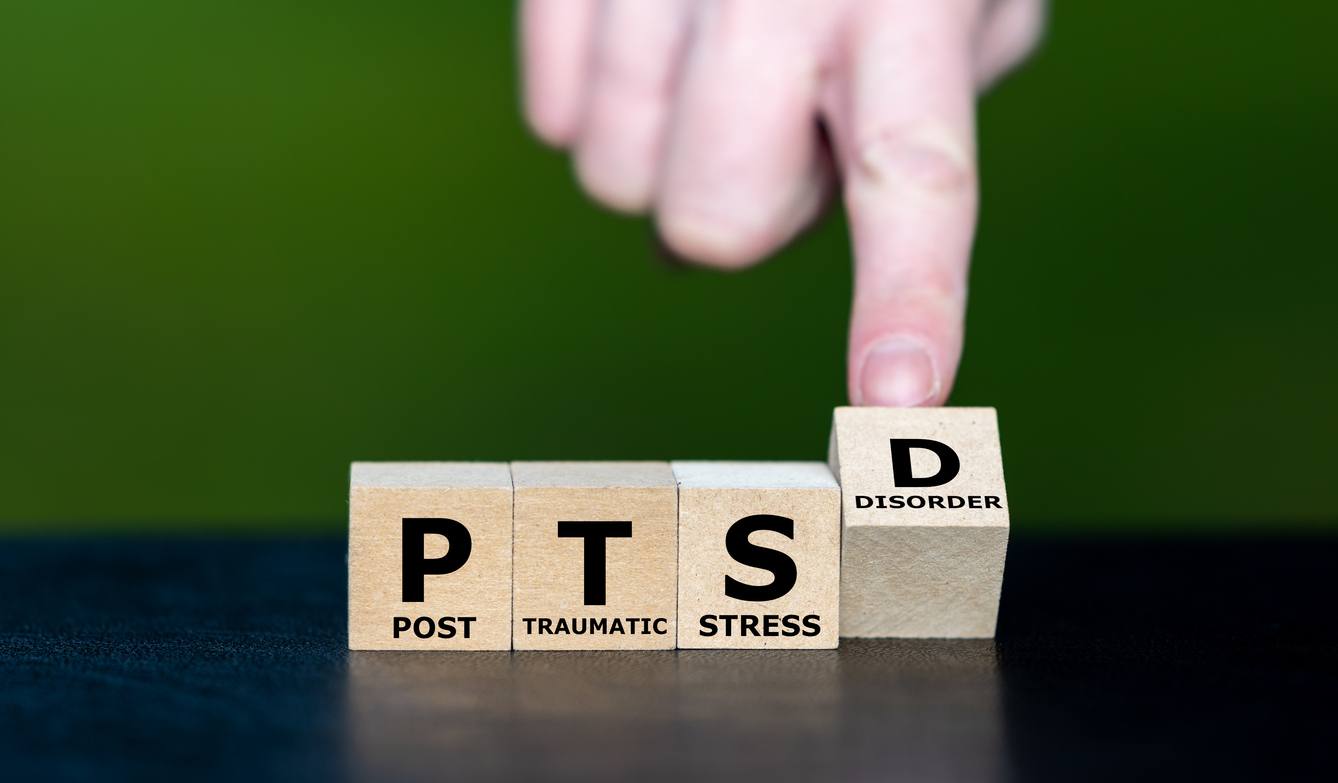What is PTSD?
PTSD is more than a memory of a traumatic experience—it’s a condition that affects the brain’s response to stress. It can change how someone thinks, feels and interacts with the world. PTSD can develop shortly after a traumatic event or surface weeks, months or even years later. Not everyone who experiences trauma develops PTSD, but for those who do, the symptoms are real and impactful. Generally, PTSD falls into one of four categories.
Avoidance
- Avoiding people, places or conversations linked to the trauma
-
Emotional numbness or withdrawal from loved ones
Intrusion
-
Flashbacks, nightmares or intrusive thoughts about the trauma
-
Intense distress when reminded of the event
Negative Mood & Thinking
- Persistent sadness, guilt or shame
- Difficulty remembering parts of the trauma
- Feelings of detachment or hopelessness
Hyperarousal
- Constant alertness or feeling “on edge”
- Irritability, difficulty sleeping or being easily startled

What are PTSD Triggers?
Triggers are reminders—conscious or unconscious—of the traumatic event. They can be internal (thoughts or emotions) or external (sights, sounds or situations). Triggers don’t have to be directly connected to the trauma to evoke distress.
Common PTSD Triggers:
-
Loud noises, sudden movements or sirens
-
Specific dates, anniversaries or locations
-
Certain smells, music or visual cues
-
Conflict, criticism or feelings of helplessness
-
Flashbacks caused by stress, fatigue or media coverage
Understanding personal triggers is a key part of recovery. With time and therapy, individuals can learn to recognize, reduce and respond to them in healthier ways.
